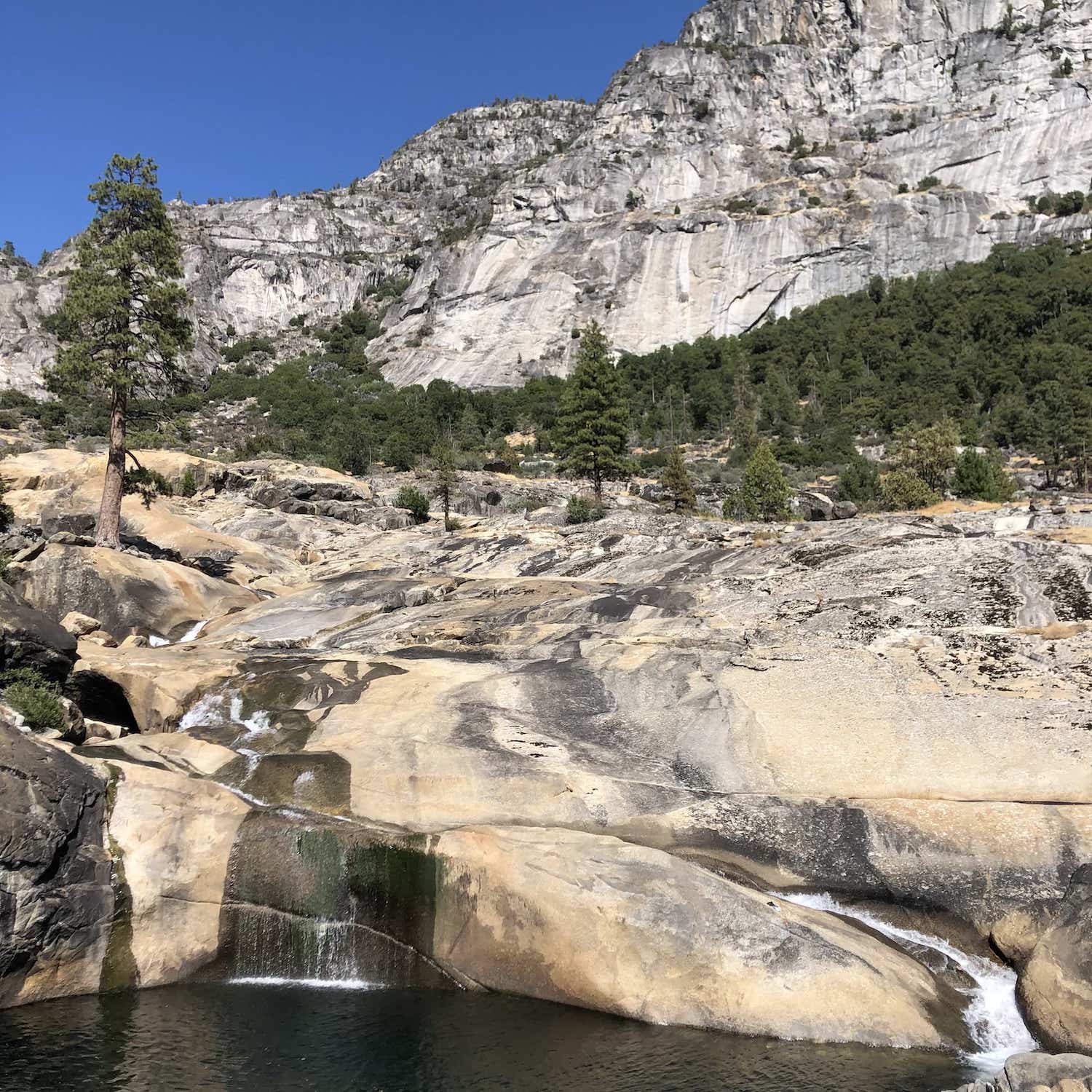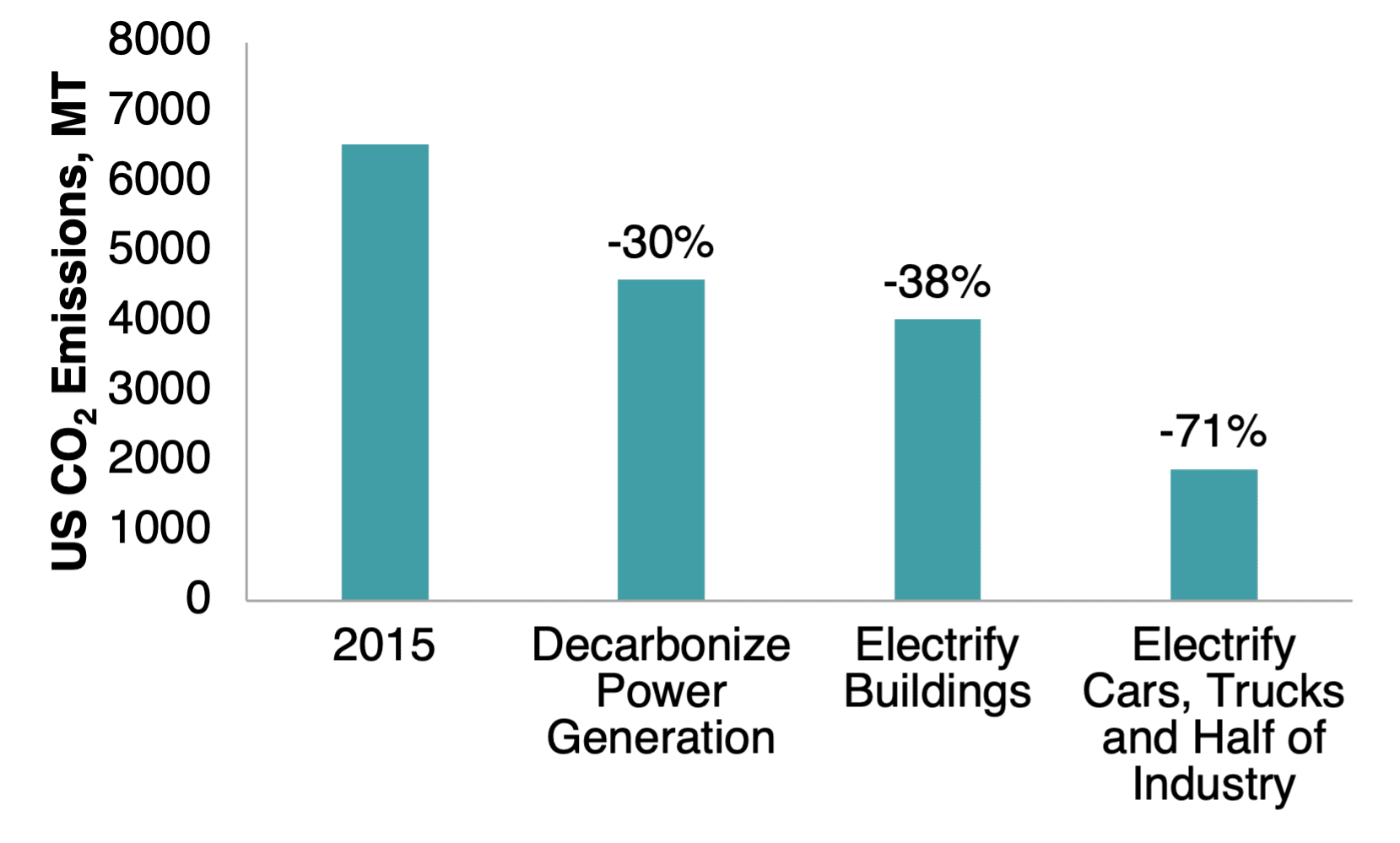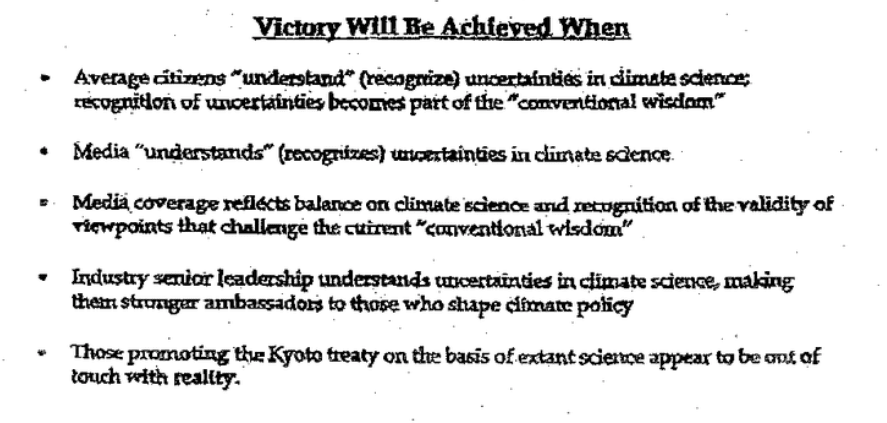
Illustration by Isabel Swafford for Caltech Letters
Viewpoint articles are a vehicle for members of the Caltech community to express their opinions on issues surrounding the interface of science and society. The views expressed here do not necessarily reflect the views of Caltech or the editorial board of Caltech Letters. Please see our disclaimer.
My favorite place on Earth is a secluded tributary to the Tuolumne River in Yosemite National Park, California. In the fall, the river becomes a trickle of water between emerald pools carved into the granite—the perfect swimming holes. I have gone backpacking there most years since high school. Yet for the past few autumns, raging wildfires, driven by climate change, have forced me to cancel the trip. With climate change, it has become hard to imagine a future in which I am able to return to this yearly tradition. If this future exists, it depends on a steep drawdown of carbon dioxide emissions driven by a combination of policy changes and technological innovations.

A picture of my favorite place on Earth, now threatened by climate change.
Cora Went
As a Caltech scientist, I have long struggled with how I can personally work to abate the climate crisis. The impacts of climate change fall hardest on the most disadvantaged communities, which places a responsibility on me to act. For now, I have landed on a combination of technology research and organizing. In the lab, I research new materials for capturing solar energy. Outside of the lab, I organize with the Los Angeles chapter of the Sunrise Movement Los Angeles (Sunrise LA), a group of young people fighting to stop climate change through direct action, electing Green New Deal champions into office, and working on local policy.
I represent Sunrise LA on the SoCal Building Electrification Coalition, which aims to pass building codes that transition both existing and new buildings to all-electric appliances. We don’t hear much about buildings in the context of climate change, but, in California, they comprise a full quarter of our carbon emissions. In Los Angeles, that number exceeds 40%. Much of this comes from natural gas appliances—mainly gas hot water heaters, gas stoves, and gas furnaces. On top of emitting carbon dioxide, natural gas appliances also come with significant health risks: growing up in a home with a gas stove increases asthma risk for children by as much as 40%.
Fortunately, there are alternatives: electric heat pumps can provide both heating and cooling to a home and are at least three times as efficient as traditional furnaces. For new buildings, they are less expensive over their lifetime than traditional furnaces and air conditioners. Crucially, electric heat pumps emit less carbon dioxide, and the benefits will only compound as we add more renewable energy sources to the electric grid.
Across all sectors, experts are coming to a consensus on the cheapest and most equitable path to a zero-carbon future. This consensus can be summed up in two words: electrify everything. We already know how to make cheap, abundant renewable electricity, and whatever runs on electricity is as clean as the grid. Not only will our buildings be all-electric, but so will our cars, our trucks, and our public transit. A wide range of energy models have demonstrated that to achieve net zero by 2050, we will use at least twice the amount of electricity we currently do, while our total energy use (electricity plus other sources of energy, like liquid fuels) will decrease.

This graph shows how much we can decrease US CO2 emissions with various changes. Decarbonizing our power generation alone only reduces emitted CO2 by 30%. When combined with electrification, 71% CO2 reductions are possible.
Cora Went, data from the Rocky Mountain Institute
These same energy models show that the market alone won’t get us there quickly enough. We need to use all of the policy tools at our disposal to accelerate electrification, from investing in electric public transit and electric vehicle charging infrastructure to subsidizing heat pumps and ensuring new buildings are all-electric.
Electrifying everything also means that, for our survival, the fossil fuel industry must shrink dramatically.
Many have said that the fossil fuel giants—Chevron, Exxon, BP, Shell—will simply become energy companies, providing the wind, solar, and other renewables that we need in a zero-carbon future. This is misguided: they missed their chance to make that transformation decades ago. Instead, they dug in their heels, becoming the purveyors of climate denial and the opposers of climate legislation. Today, they are still extracting huge quantities of fossil fuels.

The “Victory Memo,” written in 1998 by a group of fossil fuel industry representatives (including Exxon, Chevron, and the American Petroleum Institute), showed clear intent to promote climate change denial in the general population.
Climate Files
In the past five years, fossil fuel companies and utilities have taken a more subtle approach, trying to convince politicians and the public that they are part of the solution to climate change rather than denying its existence. The fossil fuel industry now argues that we need more innovation, so we should wait to eliminate fossil fuels. This is misleading—energy modeling shows that we already have most of the technology we need to stop climate change. It is also a false dichotomy, suggesting that we cannot innovate at the same time as we work to eliminate fossil fuels. Not only can we, but we must.
On the local level, our SoCal Building Electrification Coalition is coming up against these same tactics and talking points. Our natural gas utility in Los Angeles, SoCalGas, is threatened by the electrification ordinances that we are advancing, since 80% of their revenue comes from selling natural gas to residential customers. Following the fossil fuel industry’s playbook, they are trying to position themselves as the solution while delaying the phase-out of natural gas to maximize their own profits.
In public, SoCalGas has pledged to achieve net zero carbon dioxide emissions by 2045. They heavily advertise their research on renewable natural gas and hydrogen. In private, they’re fighting tooth and nail against the climate progress we need to make immediately to solve this crisis, which is electrification and shrinking their industry.
SoCalGas sued the California Energy Commission when the commission tried to reduce gas use in the state. They got in trouble with California regulators last year for misusing customer money to lobby against energy efficiency standards. Recently, Santa Barbara residents received a mass text from SoCalGas encouraging them to call and oppose a building electrification ordinance. The utility has responded to these ordinances by pushing localities to adopt “balanced energy resolutions” across the state.
Perhaps most egregiously, SoCalGas was found to have launched and funded a front group, Californians for Balanced Energy Solutions (C4BES), to advocate for continued natural gas use in the state. This organization poses as a group of natural gas consumers, with pictures of families cooking on gas stoves and messaging about “energy choice” and the “right to use natural gas” on their website. The principles on the C4BES website even match those on the SoCalGas website nearly word-for-word. This is a classic example of “astroturfing,” where a corporation creates a front group which poses as a grassroots organization in order to boost their political voice.

Californians for Balanced Energy Solutions recently took down their website. However, their Facebook page still contains frequent references to SoCalGas as well as calls for residents to oppose building electrification ordinances (above).
Californians for Balanced Energy Solutions, via Facebook
Just last week, the California Public Utilities Commission levied a $10 million fine against SoCalGas for continuing to use ratepayer money to lobby against stronger rules for buildings and appliances. This lobbying included efforts to weaken 2022 updates to the state building code, which moves California towards all-electric new construction. Despite multiple sanctions and negative press coverage, SoCalGas, a company that derives its power from being a state-sanctioned monopoly, continues to use that power to keep us hooked to an energy supply that is damaging our health and the planet.
In light of this, the public pledges that SoCalGas has made to achieve net zero by 2045 ring hollow. Further, their plan to rely on energy sources like hydrogen and renewable natural gas to achieve their goals is unrealistic. These sources have an important role to play in a zero-carbon future, particularly in hard-to-electrify sectors such as aviation, parts of industry, and long-duration energy storage (storing energy for days to years). However, neither is poised to take the place of natural gas in buildings. Renewable natural gas is not abundant enough, hydrogen is inefficient, and both are expensive. Electrification remains by far the cheapest and the safest way to decarbonize buildings. The talk of hydrogen-powered homes is a classic example of greenwashing, or misleading the public to think that a company is more climate-friendly than it is.
Given their history of underhanded tactics around Southern California, and their nefarious reputation in the building electrification world, I was surprised to learn that SoCalGas funds research on renewable natural gas, carbon capture, and hydrogen at Caltech. They recently partnered with Caltech on a hydrogen demonstration project. At first glance, this could seem like a good thing: the profits gained from polluting our environment are being reinvested into necessary research and development.
But this funding should not be welcomed, and we can look to the parallels with the tobacco industry to see why. Cigarette companies have long funded cancer research, using the profits from their deadly products to create a public relations smokescreen. They claim to be solving the problems they have caused, while pursuing covert legal and political tactics to keep the sales coming in. Many cancer researchers now eschew funding from tobacco companies, understanding that this money merely perpetuates the cycle of harm done by the industry.
Armed with the reputational benefits of their collaborations with Caltech researchers, SoCalGas has the credibility today to make false claims to government officials and the public that we should not pass all-electric building ordinances, because they are funding research on technical solutions like hydrogen that are just around the corner. They can pump the brakes on the affordable and realistic solutions that are already here.
Both tobacco and fossil fuel companies could take substantive steps towards solving the problems they claim to care about by supporting efforts to regulate their industry. Of course, under capitalism, a private company will never have internal incentives to support regulation that hurts their bottom line. But we, as energy researchers, can follow the example of cancer scientists and stop feeding into the industry’s cycle of harm.
It’s time for scientists at Caltech, and other research institutions, to reject funding from SoCalGas. This would decrease SoCalGas’s credibility and political power, which would get us closer to passing the building electrification ordinances that we need in Southern California.
I know this isn’t simple. Government funding can be hard to come by, and we need to drastically increase federal support for climate-related research—the $45 billion over 10 years of science funding included in the initial draft of the Build Back Better plan would be a good start. Additionally, many academic funding sources are dubiously ethical, and perhaps that money would just go to another institution if not Caltech. But the benefits gained from that research funding are outweighed by the costs of enabling SoCalGas as they slow political action on the climate crisis.
I dream of one day being able to journey back to the emerald pools in Yosemite without fear of wildfires. But for me, this is a privilege. The climate crisis threatens the entire lives and livelihoods of Black, brown, and working-class people on the frontlines of climate change. At Caltech, our mission—to expand human knowledge and benefit society through research integrated with education—has embedded within it a commitment to improving people’s lives through our research. If we are serious about this mission, we need to take a holistic view of our research, from funding sources to new technologies. For Caltech researchers working on climate solutions, upholding our mission means rejecting funding from the fossil fuel industry. The stakes could not be higher.




